- Home
- Articles
- Architectural Portfolio
- Architectral Presentation
- Inspirational Stories
- Architecture News
- Visualization
- BIM Industry
- Facade Design
- Parametric Design
- Career
- Landscape Architecture
- Construction
- Artificial Intelligence
- Sketching
- Design Softwares
- Diagrams
- Writing
- Architectural Tips
- Sustainability
- Courses
- Concept
- Technology
- History & Heritage
- Future of Architecture
- Guides & How-To
- Art & Culture
- Projects
- Interior Design
- Competitions
- Jobs
- Store
- Tools
- More
- Home
- Articles
- Architectural Portfolio
- Architectral Presentation
- Inspirational Stories
- Architecture News
- Visualization
- BIM Industry
- Facade Design
- Parametric Design
- Career
- Landscape Architecture
- Construction
- Artificial Intelligence
- Sketching
- Design Softwares
- Diagrams
- Writing
- Architectural Tips
- Sustainability
- Courses
- Concept
- Technology
- History & Heritage
- Future of Architecture
- Guides & How-To
- Art & Culture
- Projects
- Interior Design
- Competitions
- Jobs
- Store
- Tools
- More
What Do Architects Wear? A Guide to Their Unique Style and Professional Attire
Discover the unique blend of practicality, professionalism, and personal expression in architects' attire. This article explores wardrobe choices that reflect their design philosophy, individuality, and evolving trends like sustainability and gender-neutral styles. From monochromatic outfits to functional accessories, learn how architects balance style and functionality in their daily lives.

When we think about architects, we often picture creative minds shaping skylines and designing spaces that inspire. But have we ever stopped to wonder about their attire? What architects wear isn’t just about style—it’s a reflection of their profession, blending practicality with a touch of individuality.
From sleek black outfits to rugged boots on construction sites, architects balance form and function in everything, including their wardrobe. Their clothing choices often mirror the duality of their work—artistic yet technical, polished yet ready for action. Let’s take a closer look at how their attire plays a role in their identity and daily tasks
Table of Contents
ToggleUnderstanding The Stereotype Of Architect Fashion
Architect fashion is often associated with minimalism, monochromatic color schemes, and functional details. This stereotype stems from the profession’s emphasis on design principles like simplicity, balance, and utility. Architects are frequently seen wearing black, gray, or white clothing, as these neutral tones echo their design preferences.
Accessories, like glasses and watches, are also linked to this stereotype. Many architects favor frames with clean lines, emphasizing practicality and style. Watches are often simple yet sophisticated, reflecting attention to detail.
This perception is reinforced by media portrayals. Movies and magazines commonly depict architects dressed in sleek, modern attire, aligning with their professional identity as creators of clean, intentional designs. While these trends shape public impressions, personal style variations exist among architects.

Key Elements Of An Architect’s Wardrobe
Architects balance functionality, comfort, and style in their wardrobe choices, reflecting their professional identity and design sensibilities. Each element serves a specific purpose, blending practicality with aesthetic appeal.
Black Clothing: A Timeless Choice
Black dominates many architects’ wardrobes due to its simplicity and versatility. This color exudes professionalism and aligns with the minimalist design principles central to architecture. Black garments, such as tailored blazers, turtlenecks, and slim-fit trousers, maintain a polished look while resisting visual distraction. Many architects appreciate that black works seamlessly in both formal meetings and on-site environments, minimizing the need for outfit changes.
Functional And Comfortable Attire
Architectural work requires clothing that ensures ease of movement and durability. Practical choices include workwear-inspired pieces like utility pants, button-up shirts, and durable shoes. Architects often select breathable fabrics, such as cotton or wool blends, to transition between indoor office spaces and outdoor project sites. Layered ensembles, including cardigans or lightweight vests, offer adaptability in varying climates while keeping the look cohesive and professional.
Accessories That Stand Out
Accessories emphasize an architect’s attention to detail and personal style. Functional pieces, like ergonomic backpacks or leather satchels, carry essential tools such as sketchbooks and measuring tapes. Watches with clean, modern designs enhance the professional image, serving as both a practical tool and a statement piece. Eyeglasses often feature minimalist frames in neutral hues, echoing the understated color palette and precision central to architectural aesthetics.

The Importance Of Professionalism In Architect Clothing
Architects’ clothing plays a vital role in projecting credibility and competence. Professional attire reflects attention to detail and reinforces trust in an architect’s capability to manage both aesthetics and functionality.
Dressing For Client Meetings
Formal attire conveys confidence during client interactions. Architects often choose tailored blazers, pressed shirts, and polished footwear for these occasions. Neutral colors like black, gray, or navy maintain a timeless and professional tone. Minimal accessories, such as a sleek watch or simple jewelry, enhance the look without distraction. Maintaining a clean and well-put-together appearance ensures architects leave a strong impression while respecting the formal nature of client meetings.
Attire For On-Site Visits
Practical clothing ensures safety and fluidity during on-site evaluations. Architects typically opt for durable materials like reinforced pants and work boots to navigate construction zones effectively. High-visibility vests and protective gear, like safety hats, integrate functionality while meeting job site standards. Layered outfits, combining utility shirts with weather-resistant outerwear, offer comfort across unpredictable site conditions. For digital tools and documentation, functional accessories like utility belts or messenger bags support efficiency while maintaining a professional appearance.
How Fashion Reflects An Architect’s Personality
Fashion choices reveal an architect’s individuality, merging professional ethos with personal expression. Clothing color, cut, and material often reflect their design preferences. For instance, architects embracing minimalism frequently opt for black or monochromatic palettes to align with their aesthetic approach, while others favor bold patterns to portray creativity.
Accessory selection also highlights personality traits. Contemporary glasses, sleek watches, or handcrafted jewelry indicate attention to detail and distinct tastes. These elements serve as extensions of their design sensibilities, reinforcing their professional identity.
Wardrobe functionality contributes to personality depiction. Architects favor versatile outfits that combine comfort and adaptability, blending pragmatism with style. For example, structured blazers paired with tailored trousers may reflect organization, while relaxed linen shirts with sneakers suggest a balanced, approachable demeanor. Fashion thus acts as both a tool for self-expression and a statement of their architectural philosophy.

Modern Trends In Architect Fashion
Architect clothing continues to adapt to evolving trends, combining modern aesthetics with professional functionality. Contemporary architects often blend classic staples with innovative designs, creating a wardrobe that mirrors advancements in design and technology.
Sustainable Fabrics and Eco-Conscious Choices
Sustainability has become a key focus in architect fashion. Many now opt for eco-friendly materials like organic cotton, recycled polyester, or biodegradable fibers, aligning their clothing choices with their commitment to sustainable design. Brands that emphasize ethical production and durability are gaining preference.
Tech-Integrated Accessories
The rise of smart technology influences accessory choices. Smartwatches, noise-cancelling earbuds, and tech-friendly bags with built-in charging ports cater to architects balancing meetings, site visits, and design sessions. Sleek designs ensure these items remain consistent with minimalistic aesthetics.
Versatile Layering Pieces
Modern wardrobes prioritize adaptability. Lightweight jackets, tailored overshirts, and multi-functional blazers are popular as they transition seamlessly from office to field. Neutral palettes and structured cuts enhance their professional appearance while offering practicality.
Bold Details in Monochromatic Outfits
While minimalism remains dominant, architects are incorporating bold accents like statement footwear, patterned scarves, or textured fabrics into their monochromatic looks. These subtle details reflect individuality without compromising the profession’s refined style.

Gender-Neutral Styles
Gender-neutral clothing designs offer inclusivity while emphasizing utility and style. Structured fits, unisex cuts, and timeless pieces echo functionality and modern appeal, resonating with architectural principles of equality and balance.
Modern Eyewear Trends
Eyeglasses are not only functional but stylish. Architects prefer contemporary designs with sharp, geometric edges, lightweight frames, or bold, translucent materials, enhancing both vision needs and aesthetic appeal.
These trends reflect architects’ ability to align their personal style with contemporary design values while preserving the functionality required for their profession.
Conclusion
Architects’ attire embodies a balance of professional functionality and personal style. Through thoughtful wardrobe choices, they reflect their design philosophy, professionalism, and individuality. Practical and versatile outfits, combined with sophisticated accessories like modern watches or minimalist glasses, support both efficiency and self-expression. Sustainable and inclusive fashion trends further showcase architects’ alignment with evolving design principles. Their clothing ultimately serves as a seamless extension of their creative and technical identity.
- Architect attire
- architect outfit ideas
- architect style guide
- architect wardrobe essentials
- architect workwear
- architects' fashion sense
- architectural dressing
- architectural industry fashion
- architecture fashion
- architecture profession clothing
- business attire for architects
- chic architect attire
- contemporary architect dress code
- dressing like an architect
- fashion tips for architects
- modern architect clothing
- professional clothing for architects
- signature style of architects
- style tips for architects
- unique style architects
- what architects wear
illustrarch is your daily dose of architecture. Leading community designed for all lovers of illustration and #drawing.
Submit your architectural projects
Follow these steps for submission your project. Submission FormLatest Posts
BXB Studio’s Hybrid Interior: Redefining the Modern Architectural Workplace
The Warsaw headquarters of BXB Studio was established in a modest 70...
5 Must-Know Interior Design Trends in American Homes
From warm minimalism to bold oversized artwork, these five interior design trends...
How Open Kitchens Create a Sense of Space Indoors (Without Sacrificing Function)
Open kitchens: see how sightlines, lighting, and smart layouts make rooms feel...
The Revival of Chunky Fiber Crafts in Modern Interior Design
Contemporary interior architecture has shifted away from hard minimalism. After a decade...







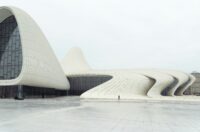
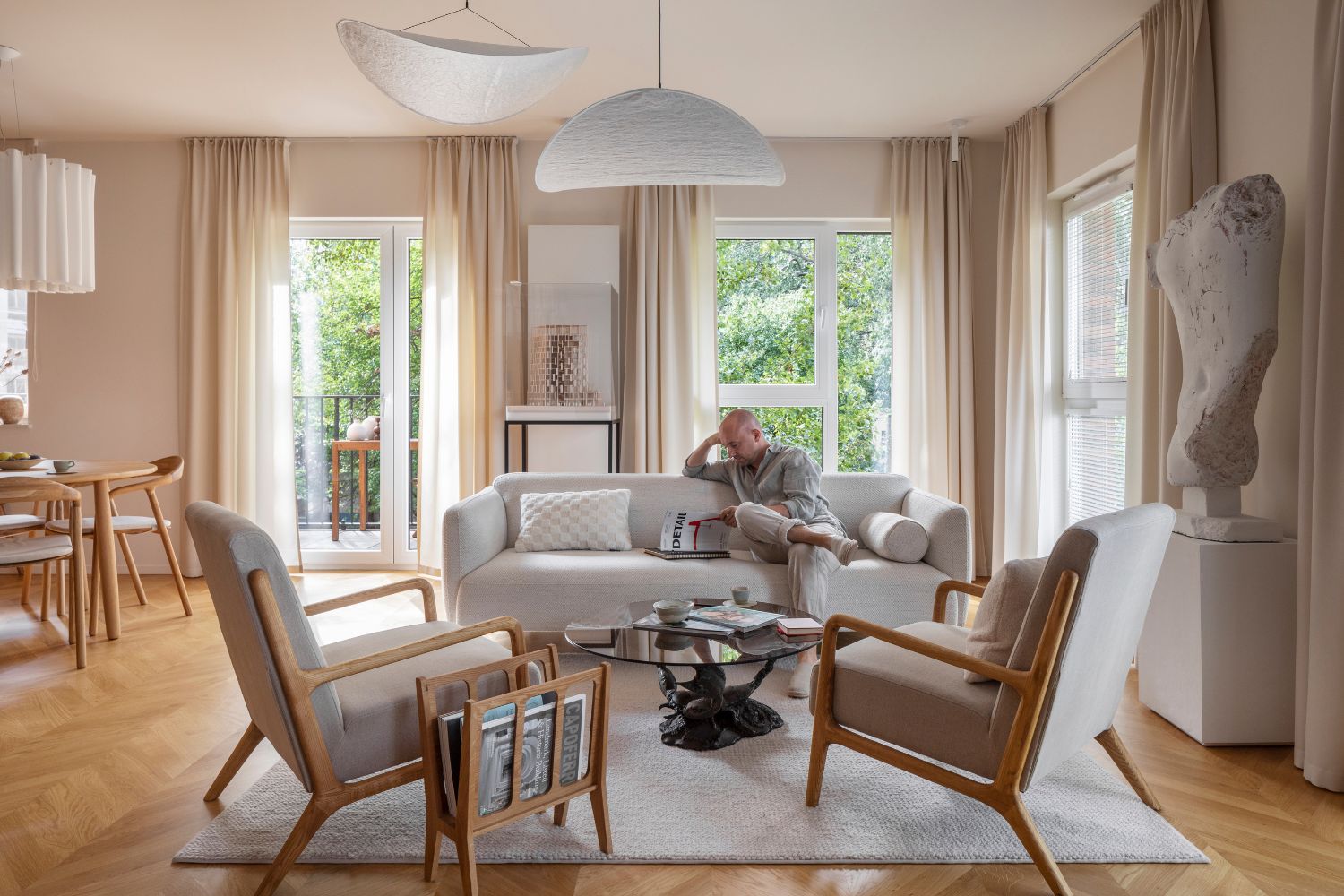
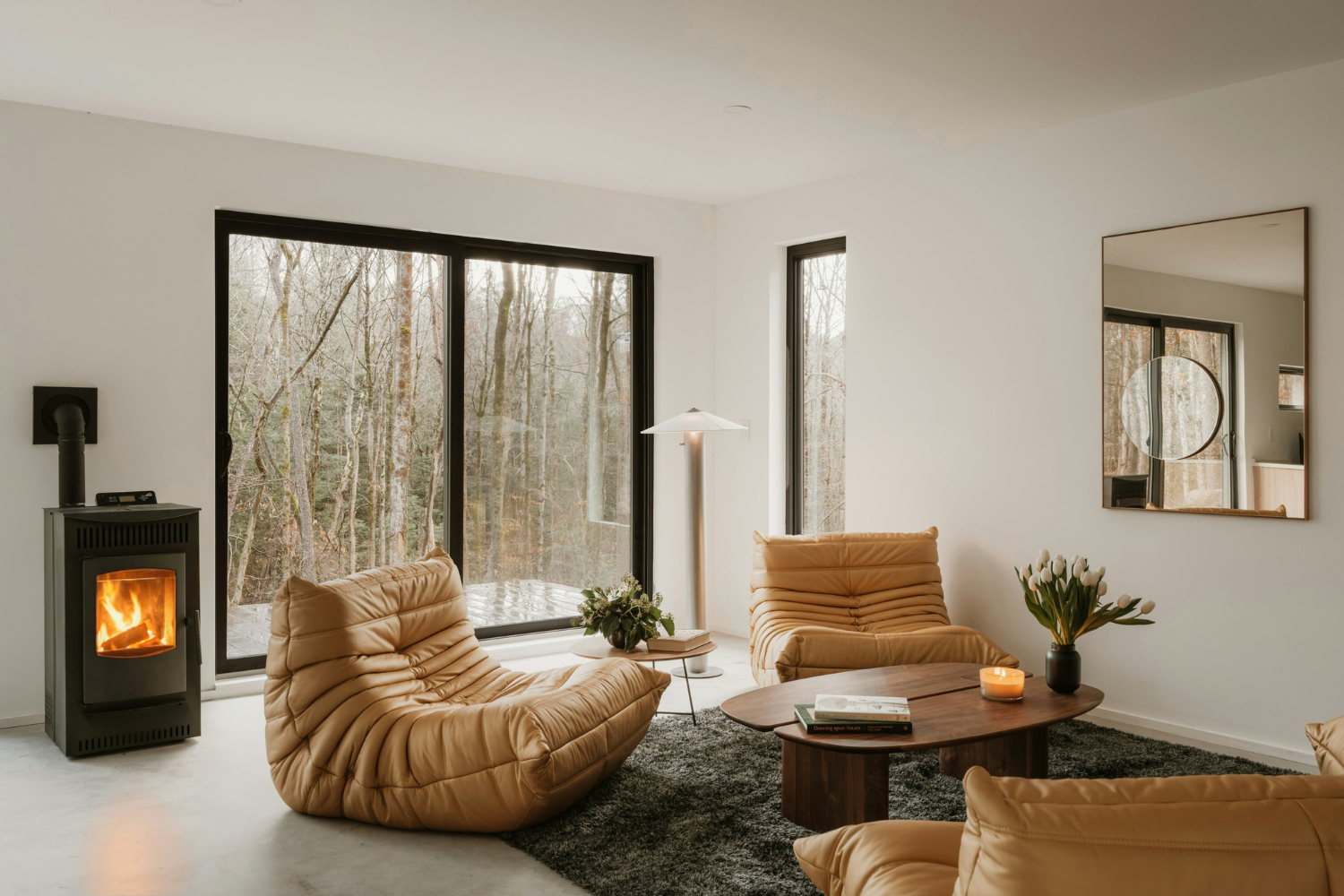
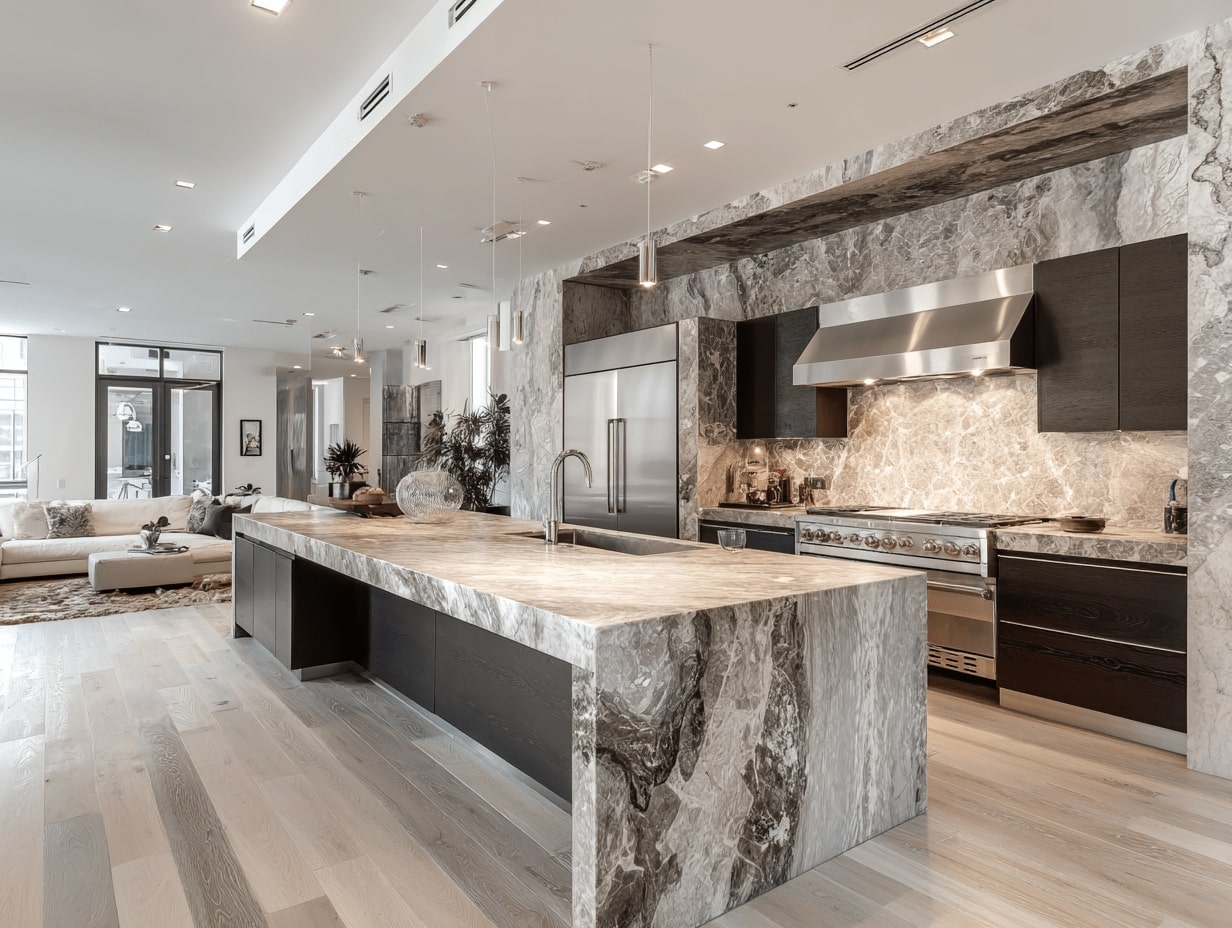
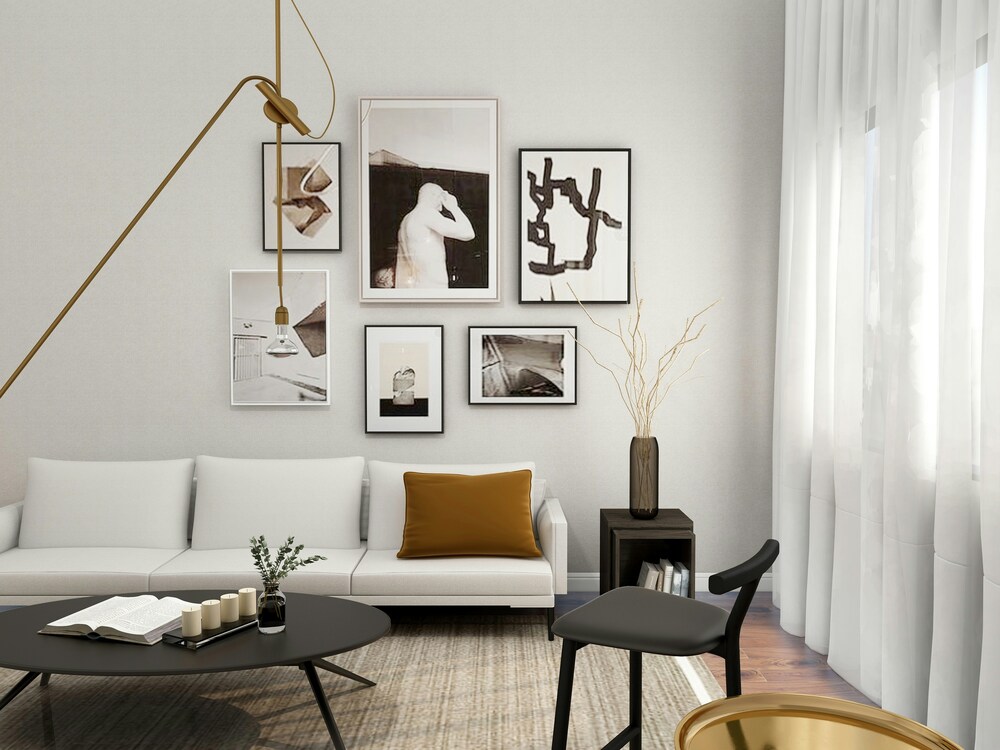
Leave a comment